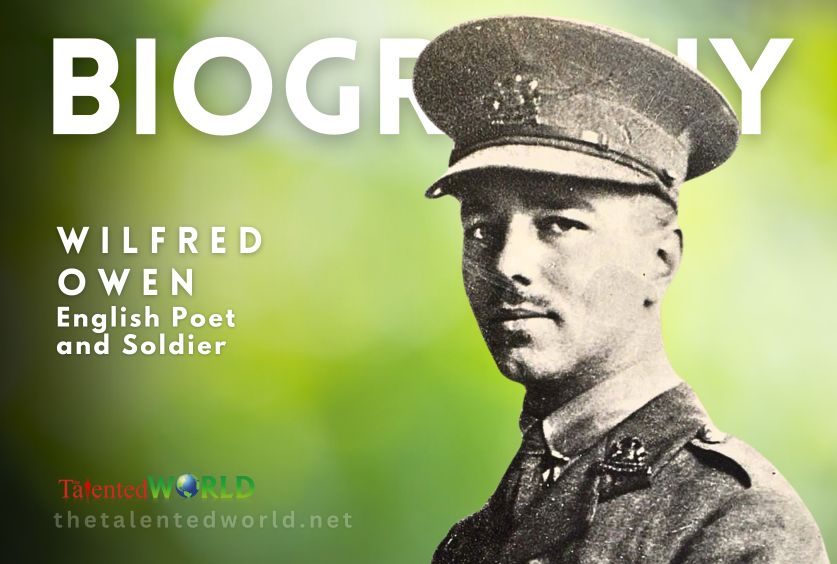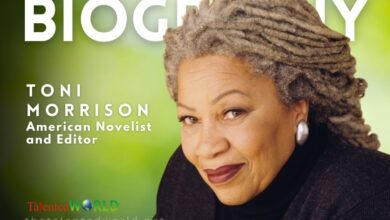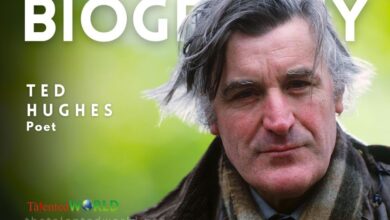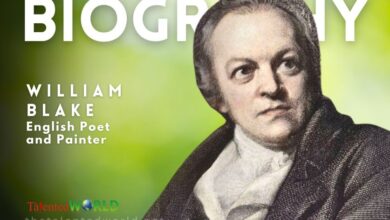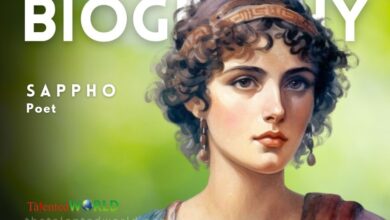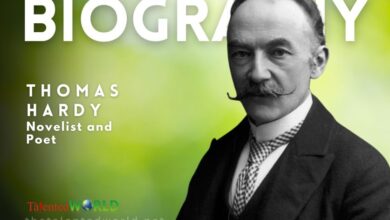| Full Name | Wilfred Edward Salter Owen |
| Born | March 18, 1893 |
| Birthplace | Oswestry, Shropshire, England |
| Died | November 4, 1918 |
| Place of Death | Sambre–Oise Canal, France |
| Age at Death | 25 |
| Occupation | Poet, soldier |
| Military Rank | Lieutenant |
| Unit | Artists Rifles, Manchester Regiment |
| Known For | Leading poet of the First World War; known for his war poetry depicting the horrors of trenches and gas warfare |
| Notable Works | “Dulce et Decorum est”, “Anthem for Doomed Youth”, “Futility”, “Strange Meeting”, “Spring Offensive”, etc. |
| Influence | Much influenced by his mentor Siegfried Sassoon |
| Early Life | Raised as an Anglican; discovered poetic vocation in about 1904; influenced by the Bible and Romantic poets |
| Education | Birkenhead Institute; Shrewsbury Technical School; University College, Reading |
| Disillusionment | Disillusioned with the Church during his time at Dunsden parish |
| Career | Worked as a private tutor teaching English and French in Bordeaux, France |
| Military Service | Enlisted during World War I; served in the British Army; awarded the Military Cross |
